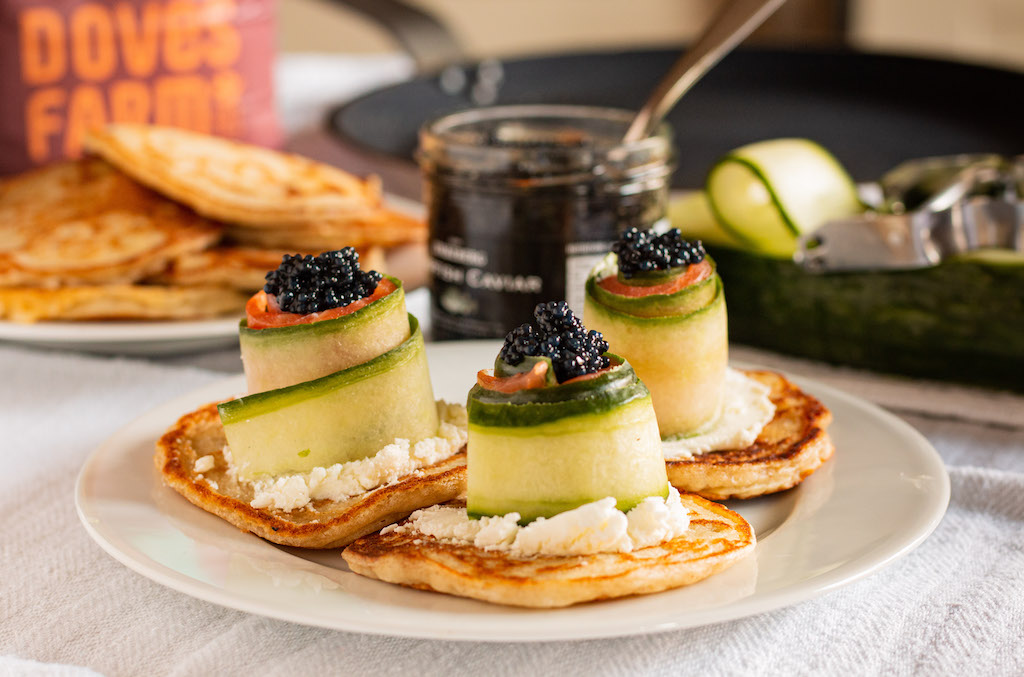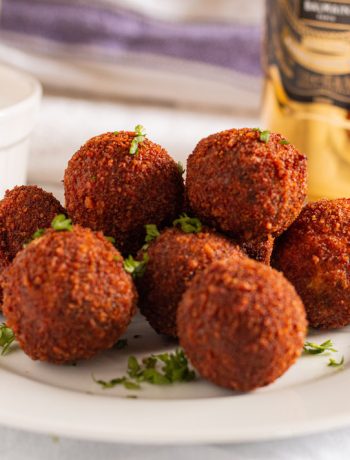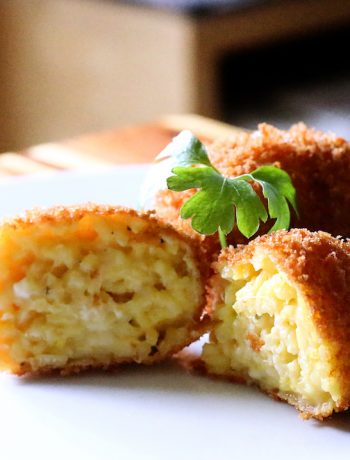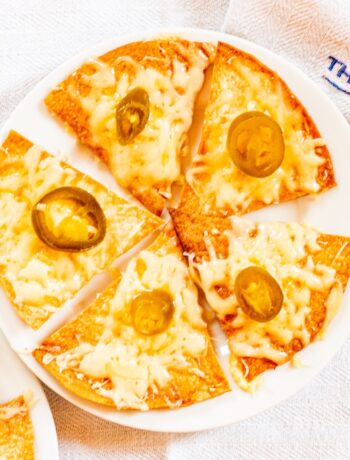The rags-to-riches story of the blini is tale worthy of Walt Disney. As with many popular foods, the origin narrative is probably completely nonsense, but makes a nice conversation starter for dinner with friends. Blinis are said to have come about some 1,000 years ago in Dark Ages Russia. One day, a traveller was warming oat jelly over a fire, while swapping jokes with a companion. The man got distracted and burnt the mixture slightly to that he ended up with a fluffy, baked pancake.
From the travellers fire, blinis became a cheap staple made from buckwheat flour and fermented (gone off) milk. As their popularity expended across Europe, fine dining got hold of blinis, shrank them and turned them into a delicate canapés topped with expensive ingredients like smoked salmon and caviar.
Many recipes for blinis ignore where they come from and use refined wheat flour with baking powder added (or self-raising flour). This is not how blinis are made. Blinis are raised using yeast, and ought to have a good proportion of buckwheat flour in the mix.
Blinis
Ingredients
- 125g flour (50/50 wheat and buckwheat)
- 1 tsp sugar
- 1 tsp quick yeast
- 240ml milk
- Pinch of salt
- 1 egg (see notes)
- 1–2 tsp melted butter
Instructions
Combine the dry ingredients in a bowl. Wam the milk to hand-hot and mix in. Set aside to rise for 2 hours.
Once risen, mix the batter with the egg, salt and fat.
Heat a pancake pan and lightly grease it with butter-soaked kitchen paper. Add 1 tbsp of batter and cook on both sides until done.
Allow the blinis to cool a little before topping with some suitable luxury ingredients.
Notes
For fluffier pancakes, you can separate the yolk from the whites and then whisk the whites to soft peaks and fold in as you would for a soufflé.






2 Comments
Alphabet
14/01/2024 at 8:49 amSimple and delicious. This has become my go-to blini recipe!
Nigel Eastmond
16/01/2024 at 12:51 pmThanks. I am glad you enjoy them.